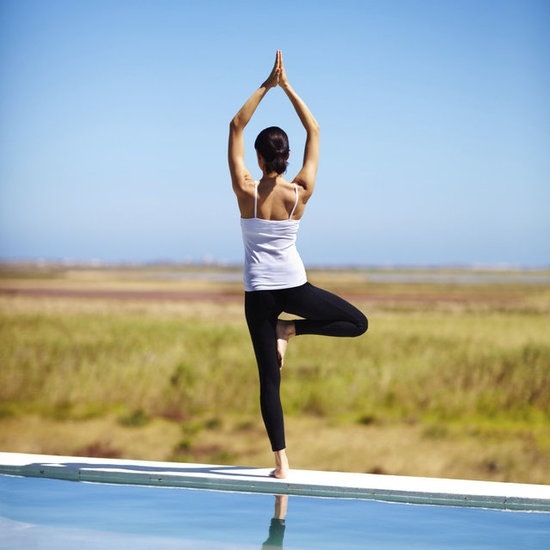Exercise

Good digestion:
Because posture begins with your core, it directly affects digestion. Poor posture can contribute to acid reflux by weakening your esophagus. Siting in a hunched position or lying down directly after a meal places stress on the stomach that promotes heartburn and indigestion. If you’re looking to ease digestion and practice better posture after a meal, watch your posture and exercise regularly.
Better breathing:
Deep breathing can become second nature, not just a yoga luxury. Rather than compressing your abdomen and chest, prevent shallow chest breathing by standing up straight and sitting tall at your desk. Good posture allows the front of your body to open and your diaphragm to work at its best. Still in doubt? Test it for yourself — right now — and notice the difference.
Tightens your core:
Poor posture may be the one thing preventing you from getting that six-pack. When you slouch, you start to reverse the benefits all those planks. By practicing better posture, you’ll keep your entire core engaged, even when you’re not at the gym. Sitting on an exercise ball at work is a great way to enforce good posture and tighten your core while on the job.
Strengthens back muscles, reducing pain:
Slouching at your desk or while standing puts extra strain on the muscles that support your spine, ultimately leading to other aches and pains as well. Improving your posture by unlearning all your bad postural habits and standing with your feet hip-distance apart can be the key to relieving chronic pain.
Looking slimmer:
Ladies, it’s true, bad posture makes you look heavier than you are! Standing up straight can make you look five pounds slimmer without dieting. Good posture will help you stand tall (and rock your bikini) with confidence.

Achilles Tendonitis is a condition where the Achilles Tendon, at or near its insertion to the posterior aspect of the calcaneus, becomes inflamed and causes pain.
Patients will experience severe aching or burning pain in the back of the heel. This pain typically increases with passive dorsiflexion and resisted plantarflexion, such as rising up onto the toes.
Injury to this pivotal tendon is caused by minor rips and tears that can occur from imbalances in the feet, or sports activity.
In addition to rest and ice, recovery and prevention can be supported by:
Proper footwear
Footwear with adequate support and a fit-depth counter will help protect and stabilize the feet during mobility.
Stretching
Stretching is beneficial for restoring the natural range of motion in the feet.
Footmaxx Orthotics
Since over-pronation is one of the main causes of Achilles Tendonitis, the patient should be fitted with Footmaxx semi-rigid orthotics to control excess motion of the subtalar joint and maintain proper alignment.
Call for a free assessment now 604-270-1007.

The Ball Squat will target primarily your quadriceps (i.e., quads) as well as your buttocks.
Doing the squat using an exercise ball will make sure you develop stabilizing muscles in your thighs as well.

Ball Bridge T Fall-Off
Lie on your shoulder blades on top of the exercise ball, knees at 90 degree angles, back straight and extend your arms out to keep balance.
Roll off the ball slightly to one side and return back after a short pause. Alternate sides between each repetitions.
Keep your back straight throughout.

Ball Push Up – Feet Up
Lie prone with your thighs on top of the exercise ball, legs and back fully extended and hands on the floor, elbows bent.
Push yourself up by extending your arms and slowly lower yourself back down after a short pause.
Breathe out while pushing and breathe in while returning to starting position.









